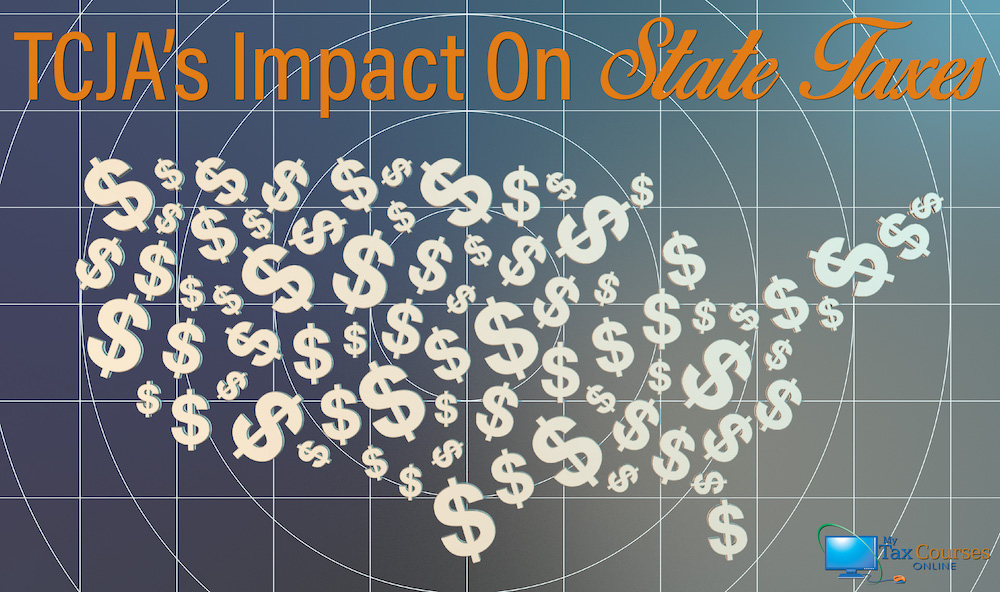Nearly 90 percent of the 41 states that collect income taxes connect these state tax laws to various provisions in the federal tax code. Whether it’s using a taxpayer’s federal adjusted gross income as a starting point for state tax calculations or transferring certain exemptions or deductions to one’s state return, these federal returns often do double duty.
But even tax professionals may not recognize the various ways in which their state’s tax laws borrow from (or piggyback onto) the federal tax code. Without this sort of line-by-line analysis, it can be tough to determine how clients whose tax rates are impacted by the Tax Cuts and Jobs Act (TCJA) will fare under state tax laws. Read on to learn more about some of the sweeping changes enacted by the TCJA and how they could affect state tax returns.
Higher Standard Deduction
The TCJA significantly increased the standard deduction available to both single and married filers. Beginning in 2018, single filers will be able to shave $12,000 off the top of their gross income, while heads of household can deduct $18,000 and married couples filing jointly will receive a $24,000 standard deduction. This change is likely to lower the adjusted gross income for all but heavy itemizers.
This means that filers whose state returns borrow the federal AGI may want to do some quick calculations to see whether they’ve moved into a different bracket or lost (or gained) access to certain income-dependent state deductions.
No Personal Exemptions
Although the increased standard deduction is a boon to taxpayers who don’t normally itemize, the elimination of the personal exemption and dependent exemptions could raise state tax bills for taxpayers who have large families. Some states have already begun planning how to spend the windfall they’re projected to receive, while others are focused on creating new exemptions that can help offset the TCJA’s impact on their residents.
Tax professionals whose clients value their forecasting skills would be well-served to go through their state’s tax forms with a fine-toothed comb this year. By identifying each of the ways in which your state borrows from the federal tax code and pinpointing how these federal provisions are impacted by the TCJA, you’ll be in a good position to ensure your clients are doing all they can to avoid a higher state tax bill in 2019.
Source
http://money.cnn.com/2018/04/05/pf/taxes/state-tax-changes/index.html







